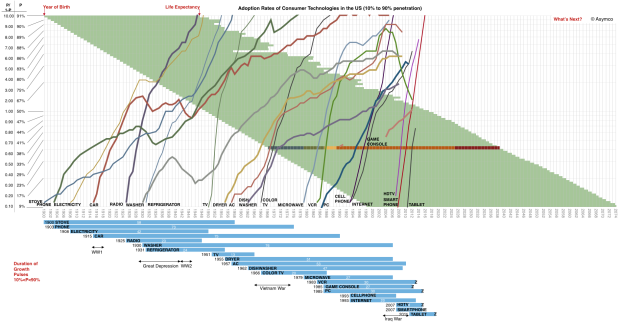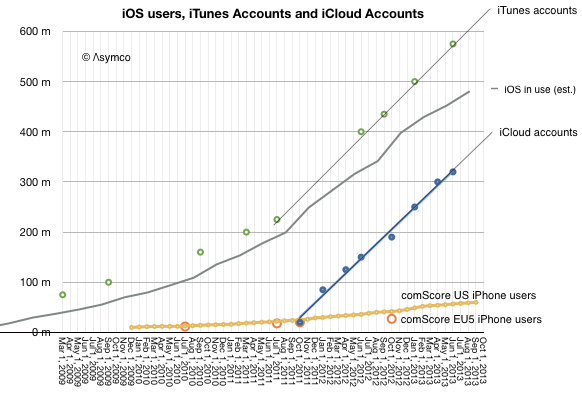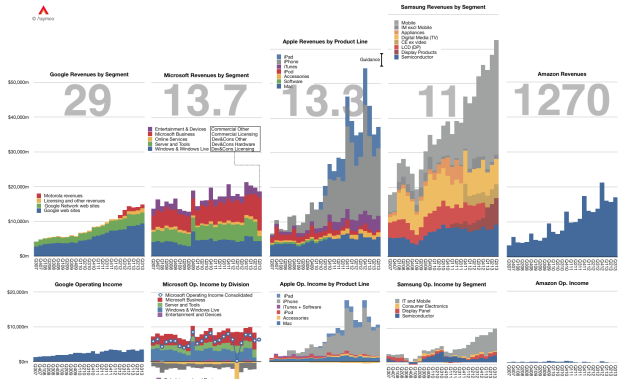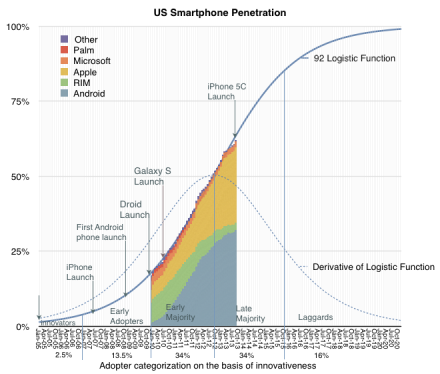Benedict Evans explains well the problem with measuring Android tablets. There are no reliable data collected because many of the devices are invisible through the regular, measurable channels:
- There are no firms which report their shipments
- They are not sold through retail chains which normally are sampled in the US and Europe (NPD and GfK respectively.)
- They don’t show up in browsing or ad transaction data
- Google Play statistics are missing most of the activations since they are not sold as bona fide Google-sanctioned Android.
The only measured statistic happens to be component shipments. Items such as screens, CPUs or perhaps memory might be visible to market analysts. It’s therefore tempting to add up tires manufactured to determine what’s getting sold in auto dealerships.
But it’s also hugely problematic.






